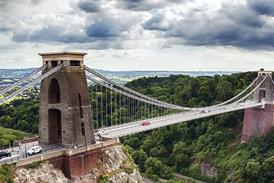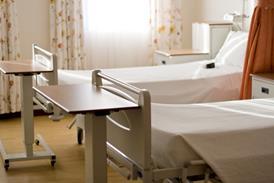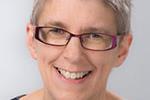The must-read stories and debate in health policy and leadership.
- Today’s tech comment: Joined-up data can help allay winter pressures
- Today’s wellbeing initiative: GPs given wearable ‘mood monitoring’ devices
By August, 30 per cent of all covid deaths had occurred in care homes. Desperate to avoid such devastation in a covid second wave, the government decided that covid positive patients should only be discharged into a care home that has been specially designated by the Care Quality Commission as able to prevent cross infection.
The plan was for each local authority to have at least one designated care home by 31 October, but overall up to 500 might be needed. This plan is now facing significant delays due to a lack of providers willing to put themselves forward for this designation.
Fears of reputation damage, lack of staff, unsuitable premises and unaffordable indemnity insurance are all issues that may ultimately see this plan fail. The delay in implementing this new policy is already affecting trusts which, according to NHS Providers, are experiencing bed “blockages” across mental health, community and acute settings.
The organisation said the Department of Health and Social Care’s new care home policy has “exacerbated” delays in discharges and warned that if a solution isn’t found that improves discharge flow this will become a “major problem”. If DHSC’s care home plan were to fail, it is also unclear what other measures would replace it to prevent another widespread outbreak of covid in England’s care homes.
Covid comparisons
Hospital beds in the North East and Yorkshire region of England have more covid patients in them now than they did at the peak of the first wave of the pandemic.
They had a little over 2,500 beds occupied in early April; now they have over 2,600. And that figure is set to rise further because weekly hospital admissions in that part of the country are still going up.
The North West has been the hub for the second wave of covid but to date has yet to surpass the level of bed occupancy it saw in the first wave, though it is not far off. The Midlands too has a relatively high number of beds occupied compared with the first wave. At over 2,100 it is at 70 per cent of the 3,100 peak in the first wave.
Surprisingly however, the region with the next highest number of beds occupied compared with the first wave is the South West. It was the least affected region first time around so the bar is low but it has already hit 500 beds occupied with covid patients, or 60 per cent of the 840 beds at the peak of the first wave.

























No comments yet